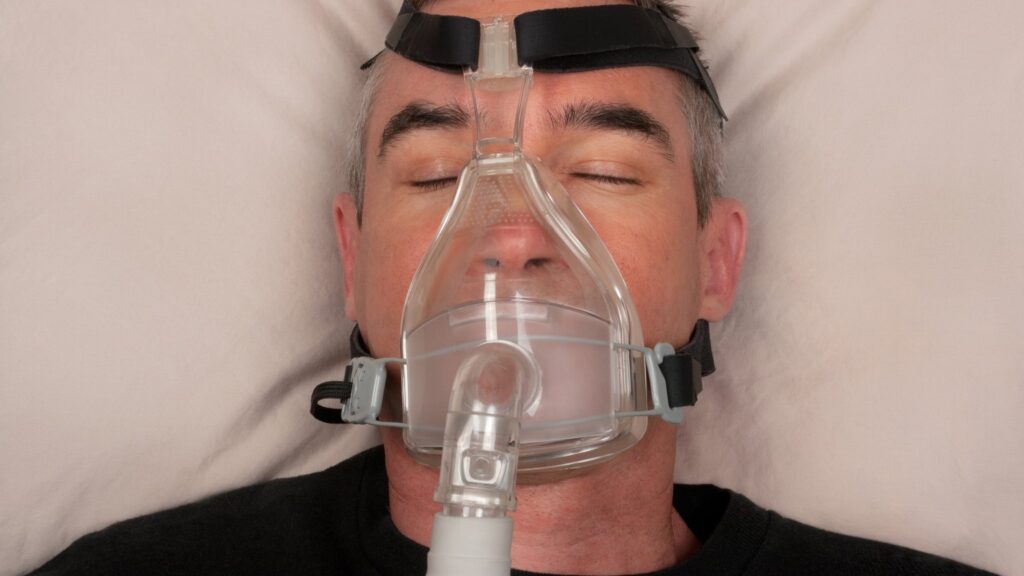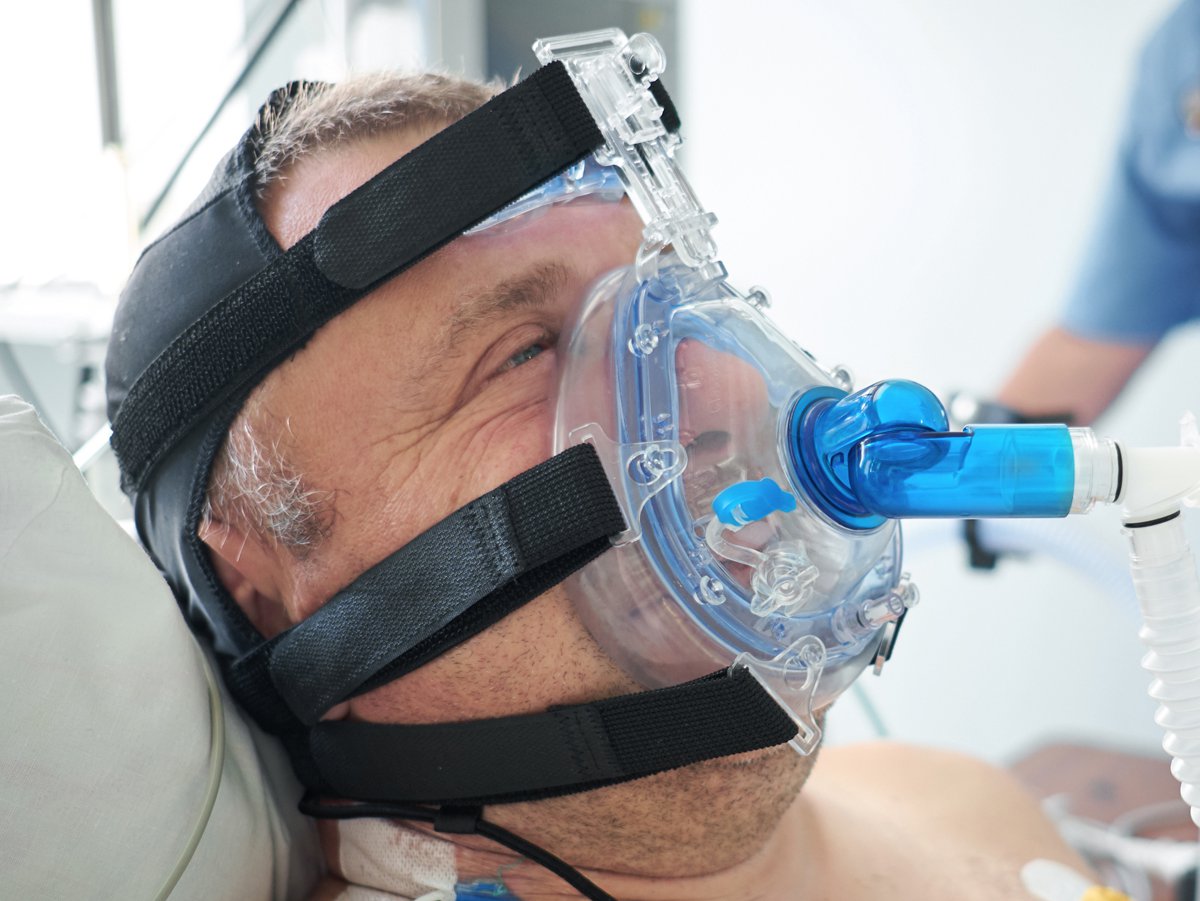Oxygen therapy is an important medical treatment that provides extra oxygen to people with breathing problems, ensuring their bodies get enough oxygen to function properly. This life-saving treatment has evolved from being mainly used in hospitals to becoming a widely available option for many patients at home.
The shift towards home oxygen therapy represents a significant advancement in respiratory care. Patients now have the ability to receive essential breathing support within the comfort and familiarity of their own homes. This development has transformed the management of chronic respiratory conditions, offering:
- Greater independence for patients
- Reduced hospital admissions
- Improved quality of life
- Cost-effective treatment options
- Flexibility in daily activities
Recent technological advances have made home oxygen therapy equipment safer, more reliable, and user-friendly. Modern oxygen delivery systems are designed with built-in safety features and monitoring capabilities, allowing patients and their families to manage treatment confidently.

The adoption of home oxygen therapy continues to rise globally, driven by an aging population and increased prevalence of chronic respiratory conditions. This treatment option has proven particularly valuable during health crises, enabling vulnerable patients to receive necessary care while minimising exposure to external health risks.
The combination of professional respiratory therapy support and dedicated self-care practices creates a comprehensive approach to home oxygen therapy. This partnership enables patients to achieve optimal treatment outcomes while maintaining independence and quality of life in their home environment.
Air Liquide Healthcare: Leading Provider of Home Oxygen Therapy
Air Liquide Healthcare is Australia’s leading provider of respiratory care services, bringing world-class expertise to patients’ homes since 1995. With an extensive network of 152 diagnostic and therapy service locations across the country, the organisation delivers essential oxygen therapy services to tens of thousands of Australians.
The company’s dedication to patient care goes beyond just providing services:
- Comprehensive Support Network: Trained healthcare professionals available 24/7
- Personalised Care Plans: Tailored solutions for individual patient needs
- Advanced Equipment: State-of-the-art oxygen delivery systems and monitoring devices
- Regular Maintenance: Scheduled equipment checks and updates
Air Liquide Healthcare operates in 75 countries, serving 3.8 million patients worldwide. This global presence demonstrates its strong expertise in home oxygen therapy, which enhances local service delivery in Australia.
The organisation’s commitment to patient safety and comfort is reflected in:
- Regular staff training and development
- Implementation of strict hygiene protocols
- Continuous monitoring of equipment performance
- Swift response to patient needs and concerns
Air Liquide Healthcare offers a range of advanced equipment including CPAP machines and CPAP masks, which are essential for many patients requiring respiratory support. Their extensive experience in homecare services positions them as a trusted partner in delivering safe, effective oxygen therapy solutions to Australian homes.
Moreover, their Aerobika devices with manometer provide real-time pressure tracking for OPEP needs, enhancing the quality of care provided. The company also offers portable oxygen concentrators from top brands such as Zen-O, Inogen, and Philips, furthering their commitment to providing comprehensive respiratory care solutions.
Understanding Home Oxygen Therapy
Home oxygen therapy is an essential treatment for people with chronic lung conditions that make it difficult for them to maintain healthy oxygen levels in their blood. There are several medical issues that may require the use of extra oxygen:
Common Respiratory Conditions Requiring Oxygen Therapy:
- Chronic Obstructive Pulmonary Disease (COPD): A progressive lung disease characterised by reduced airflow and breathing difficulties
- Pulmonary Fibrosis: A condition where lung tissue becomes scarred and thickened, making breathing increasingly difficult
- Cystic Fibrosis: A genetic disorder affecting the lungs and other organs
- Severe Asthma: Advanced cases where conventional treatments prove insufficient
Home oxygen therapy offers significant advantages for patients managing these conditions. Studies show that regular oxygen supplementation can: Learn more about oxygen on https://pubmed.ncbi.nlm.nih.gov/18378783/
- Reduce shortness of breath during daily activities
- Improve sleep quality and cognitive function
- Enable greater physical activity and independence
- Lower the risk of heart strain and organ damage
- Decrease the frequency of hospital admissions

The benefits of home oxygen therapy go beyond physical improvements. Patients often report better mental health and increased social interaction. Being able to receive treatment at home allows individuals to continue their daily routines while effectively managing their condition.
Consistent oxygen supplementation helps stabilise blood oxygen levels, reducing stress on vital organs and lowering the chances of medical emergencies. This stability results in fewer hospital visits and better long-term health outcomes for individuals with chronic respiratory conditions.
Types of Oxygen Delivery Devices for Home Use
Home oxygen therapy equipment comes in various forms to accommodate different patient needs and lifestyle requirements. Each device type offers distinct advantages and considerations for optimal oxygen delivery.
1. Oxygen Concentrators
Oxygen concentrators are devices that extract oxygen from room air using specialised filters. They eliminate the need for oxygen tank refills and are available in both stationary and portable models. However, they require a continuous power supply to function.
- Cost-effective for long-term use
- Suitable for patients needing consistent oxygen flow
- For instance, the Philips Everflo™ Oxygen Concentrator, known for its quiet operation and energy efficiency, is a popular choice
2. Portable Oxygen Cylinders
Portable oxygen cylinders are compact and lightweight containers that store compressed oxygen gas. They are ideal for short trips and serve as emergency backup when an oxygen concentrator is not available.
- Limited oxygen supply requires regular refills
- Available in different sizes to accommodate varying patient needs
- Perfect for active patients who travel frequently
- Requires careful handling and storage to ensure safety
3. Nasal Cannulas
Nasal cannulas are flexible tubes with two prongs that fit into the nostrils. They deliver oxygen directly into the nose while allowing the patient to eat and speak normally.
- Available in different sizes for proper fit
- Requires regular cleaning and replacement to maintain hygiene
- Most common delivery method for home use due to its comfort and convenience
4. Oxygen Masks
Oxygen masks are devices that cover the nose and mouth area, providing a higher concentration of oxygen compared to nasal cannulas.
- Multiple styles available (simple, non-rebreather) depending on patient needs
- May interfere with speaking and eating activities
- Suitable for patients requiring higher oxygen levels but less commonly used for long-term home therapy
The selection of an appropriate oxygen delivery device depends on several factors:
- Prescribed oxygen flow rate
- Patient mobility requirements
- Home environment considerations (e.g., space availability)
- Cost and maintenance needs of the device
- Personal comfort preferences of the patient
- Duration of daily oxygen use
Safety Precautions When Using Oxygen Therapy at Home
Home oxygen therapy requires strict adherence to safety protocols to protect patients and their households. A methodical approach to safety ensures effective treatment while minimising risks. To read more about adherence click here.
Essential Safety Measures:
- Keep oxygen equipment at least 2 metres away from heat sources, including:
- Radiators
- Electric heaters
- Direct sunlight
- Gas cookers
- Maintain proper ventilation in rooms where oxygen is used
- Open windows regularly
- Avoid small, enclosed spaces
- Keep doors unlocked for emergency access
Fire Safety Protocol:
- Strictly prohibited near oxygen equipment:
- Smoking
- Open flames
- Oil-based products
- Aerosol sprays
- Petroleum-based face creams
- Display “No Smoking” signs prominently
- Install smoke detectors in all rooms
- Keep a fire extinguisher readily available
Power Management:
- Register with electricity providers as a priority customer
- Maintain backup power solutions:
- Battery-operated backup system
- Generator (if prescribed by healthcare provider)
- Portable oxygen cylinders for emergencies
Equipment Maintenance:
- Keep equipment clean and dust-free
- Check tubing regularly for wear and tear
- Store oxygen cylinders upright and secured
- Monitor pressure gauges daily
- Schedule regular maintenance checks with service provider
Air Liquide Healthcare recommends creating a safety checklist specific to each home setup. This checklist should be reviewed with all household members and posted in a visible location near the oxygen equipment. Regular safety audits help identify potential hazards before they become serious issues.
Monitoring Oxygen Saturation Levels at Home: A Guide for Patients and Caregivers
Regular monitoring of blood oxygen levels plays a vital role in managing home oxygen therapy effectively. A pulse oximeter provides accurate readings of oxygen saturation (SpO2) levels, helping patients and caregivers track treatment progress and identify potential concerns early.
Understanding Normal Oxygen Saturation Ranges
- Normal SpO2: 95-100%
- Acceptable range for chronic respiratory conditions: 88-92%
- Below 88%: Medical attention required
Using a Pulse Oximeter Correctly
- Clean hands and equipment before use
- Remove nail polish or artificial nails
- Place device on warm fingers for accurate readings
- Sit upright and remain still during measurement
- Wait for steady reading before recording results
Best Practices for Monitoring
- Check levels at prescribed times throughout the day
- Record readings in a dedicated health diary
- Note physical activity levels during measurements
- Document oxygen flow rates with each reading
- Track trends over time to identify patterns
Red Flags During Monitoring
- Consistent readings below prescribed target range
- Sudden drops in oxygen saturation
- Increased need for supplemental oxygen
- Difficulty maintaining stable readings
Accurate pulse oximetry monitoring empowers patients and caregivers to make informed decisions about oxygen therapy management. Recording and sharing these measurements with healthcare providers helps ensure optimal treatment outcomes and early intervention when needed.
Recognising Signs of Inadequate Oxygenation: When to Seek Help During Home Care with Oxygen Therapy
Patients receiving oxygen therapy at home must remain vigilant for signs of inadequate oxygenation. Early recognition of these symptoms enables prompt medical intervention and prevents potential complications.
Key Warning Signs:
- Cyanosis – A bluish tint appearing on:
- Lips
- Fingernails
- Skin around the mouth
- Earlobes
- Breathing Difficulties:
- Rapid, shallow breathing
- Inability to catch breath
- Chest pain or tightness
- Wheezing sounds
- Difficulty speaking full sentences
- Cognitive Changes:
- Confusion or disorientation
- Unusual drowsiness
- Difficulty concentrating
- Headaches
- Physical Symptoms:
- Rapid heartbeat
- Dizziness
- Fatigue
- Restlessness
Patients experiencing any combination of these symptoms should contact their healthcare provider immediately. For severe symptoms, such as chest pain or severe shortness of breath, emergency medical services should be called without delay.
Regular communication with respiratory therapists helps establish personalised warning signs based on individual conditions and oxygen requirements. This tailored approach ensures patients receive appropriate medical attention when needed while maintaining safe home oxygen therapy.
Enhancing Treatment Outcomes with Home Oxygen Therapy: The Role of Respiratory Therapists and Self-Care Techniques
Respiratory therapists play a vital role in managing home oxygen therapy, working closely with patients to provide specialised knowledge and continuous assistance. These healthcare experts conduct regular evaluations, modify oxygen flow rates, and ensure that equipment functions properly for effective treatment.
Key Responsibilities of Respiratory Therapists:
- Conducting initial assessments and creating personalised treatment plans
- Educating patients and caregivers on how to use and maintain the equipment correctly
- Tracking progress and making necessary changes to the treatment plan
- Offering guidance on emergency response and troubleshooting issues
- Collaborating with other healthcare professionals involved in the patient’s care
In addition to professional support, patients can adopt various self-care strategies to enhance the effectiveness of their treatment:
Hydration and Nutrition
- Drinking 8-10 glasses of water daily helps maintain proper blood flow
- Following a balanced diet rich in nutrients supports respiratory health
- Limiting salt intake reduces fluid retention
Physical Activity
- Engaging in gentle exercises as approved by healthcare providers
- Practicing breathing techniques during activities
- Taking regular rest breaks between movements
- Using oxygen as prescribed during physical activity
Environmental Management
- Maintaining proper room temperature and humidity levels
- Keeping living spaces well-ventilated and dust-free
- Organising furniture to minimise exertion during daily activities
Mental Health Support
- Joining support groups for shared experiences
- Practicing stress-reduction techniques
- Maintaining social connections while managing treatment
